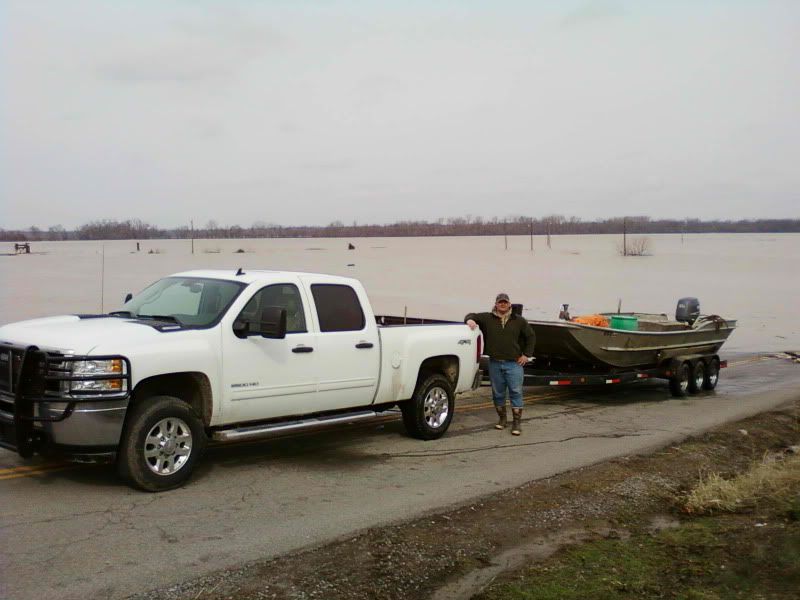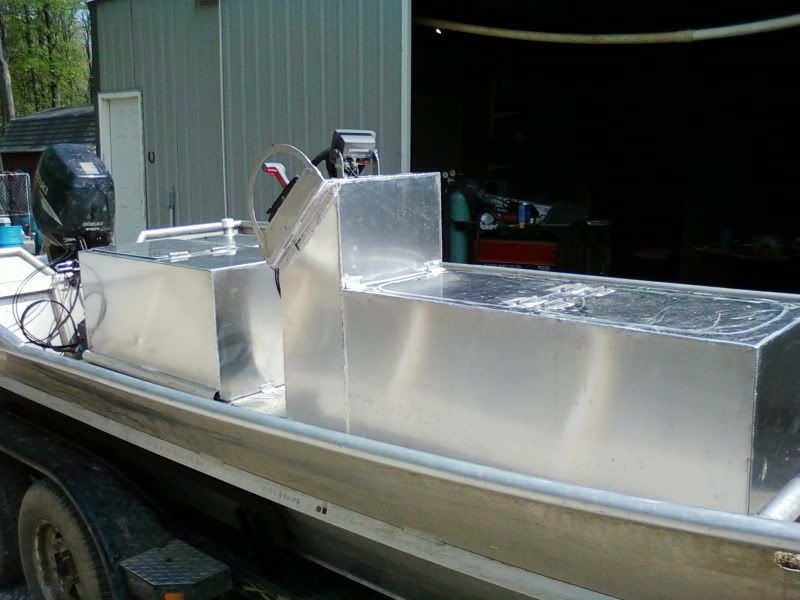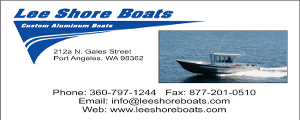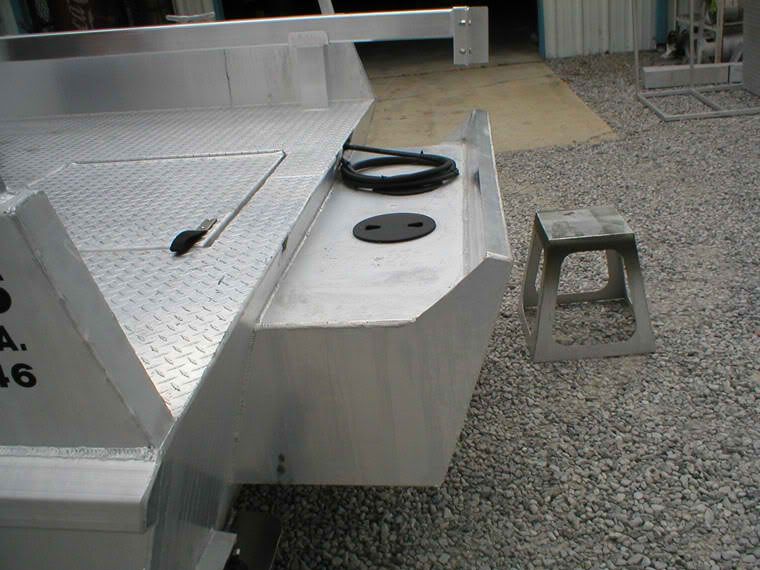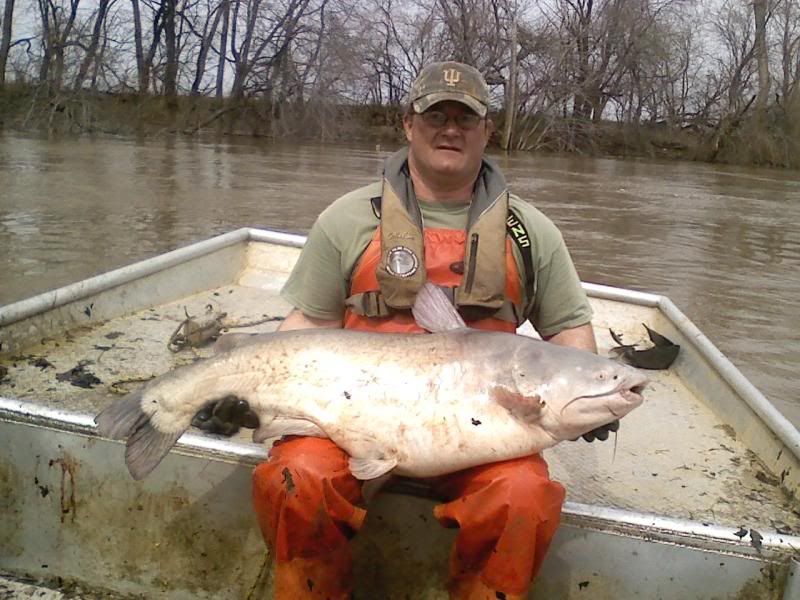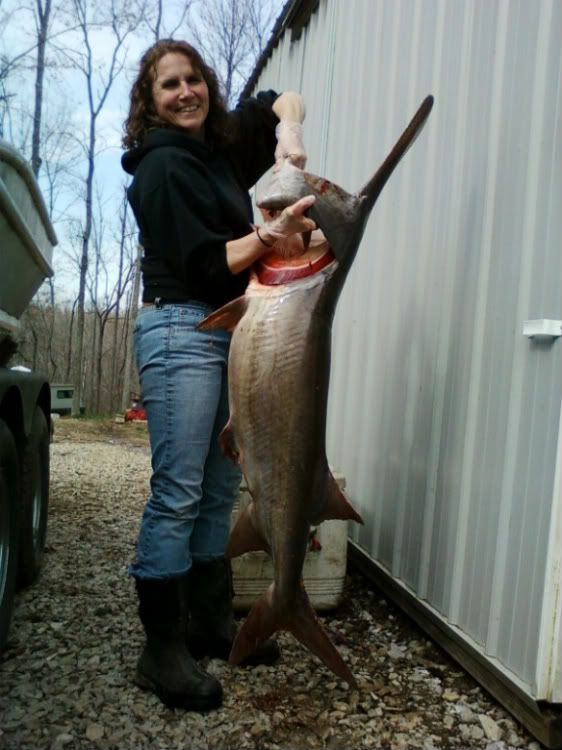Netman commercial fishing is (after all) 'commerce' - also very widely known as business (in Welder's neck of the woods that would be 'bidnuss') ;
of course your commercial fishing operation/company/LLC/S-Corp. should get a commercial account with any metal supplier
and any associated discounts
and net thirty terms, just like other metal materials sold to commercial accounts. And if they're smart they might want to hand up a little local 5% sweetner to keep your business too.
The whole show, boats, welders and vehicles and supplies is your business so I'd guess it would have accounts for lots of supplies and hardware? All my friends and neighbors are commercial fishermen and they are all seriously involved in large scale businesses to support their fishing operations. Most of them have to feed the crews and pay for transportation too,
lots of expenses in commercial fishing.

The structural issues with an add-on or hull extension are not super-critical; if you go with '52 instead of '86 or '83, both of which
are stronger, (and in the welded condition much stronger) and are more expensive.
I think that your time on the rocks in a river is lower than the coastal boats, so the '52 alloy will work fine. If the boat will have rock landings or groundings regularly like commercial boats here, or were super high speed in a seaway, then I'd say the 5086 was important to the hull.
But in my mind, you're not running in rocks, just mud bars or sand- of course I don't know this first hand but I'm not seeing gravel beaches and pinnacles in your fishery??? So; the impact stiffness in 5086 isn't as critical. By going to a bit more framing you can be sure you're not going to have any structural problems and any of the 50 series will weld to the boat without any problems.
I think the first decision is: full width or just engine 'box'? Next, is the transom angle, 12 degrees is not the best in my opinion, but recommended by kicker builders, and then will you use the volume as stowage or not?
Once you have these items nailed down the rest is pretty straight forward, and I'll do a few sketches of at least one way to do this work that I've used in the past.
If I can recommend that you do a bit of research on the transom jack? I think you'd find some interesting facts. I've been involved with a few commercial skiffs and several recreational boats of roughly the same class, and I'd like to 2nd what goatram points out. The cav plate's ht. is not automatically right for different loads, speeds and trim angles. What he didn't mention is something you already know but may not being giving full attention.
What is your gas mileage when the outboard is run to low an RPM? Can you get to full R's when the boat is fully loaded and the leg is 2' deep? What's your mileage like then? I think if you took a look at the reason jacks exist you'd see it may be a real money maker for an outboard powered work boat with variable loads, variable speeds and variable outboard trim because of the first two items!!
Cheers,
Kevin Morin
